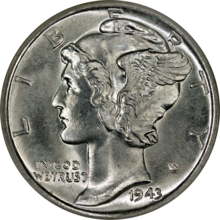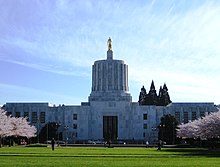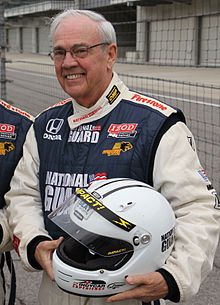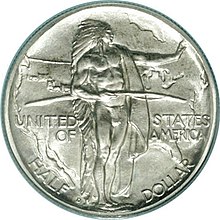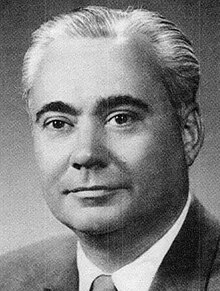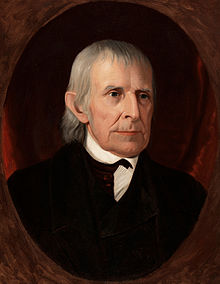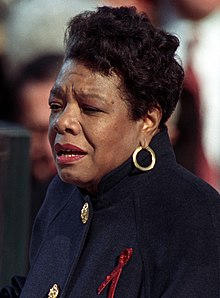Introduction

| |

| |
Did you know (auto-generated) -

- ... that actress Mattie Edwards was made a US deputy marshal at the age of sixteen?
- ... that in her 2021 book White Evangelical Racism, professor of religion Anthea Butler called American evangelicalism a pro-Trump, "nationalistic political movement"?
- ... that, upon ordination, Earl K. Fernandes will be the first Indian-American Latin Catholic bishop in the United States?
- ... that Avi Kwa Ame National Monument, protected as a national monument since March 21, 2023, is a significant habitat of Joshua trees and threatened desert tortoises?
- ... that at WSTA, the first radio station in the U.S. Virgin Islands, goats and chickens sometimes wandered in during broadcasts?
- ... that VMB-611 was the only United States Marine Corps bombing squadron to operate in the Philippines during World War II?
- ... that American abolitionists co-opted the concept of Southern chivalry as an insult against pro-slavery white Southerners?
- ... that Esther Merle Jackson, as a specialist in theatre and dance education at the United States Office of Education, intended to expand theater's role in the Great Society?
Selected society biography -
Raised on the South Side of Chicago, Obama is a graduate of Princeton University and Harvard Law School. In her early legal career, she worked at the law firm Sidley Austin where she met her future husband. She subsequently worked in nonprofits and as the associate dean of Student Services at the University of Chicago. Later she served as vice president for Community and External Affairs of the University of Chicago Medical Center. Michelle married Barack in 1992 and they have two daughters. (Full article...)
Selected image -
Selected culture biography -
Punk initially came to prominence through his career on the professional wrestling independent circuit, primarily as a member of the Ring of Honor (ROH) roster, where he won the ROH Tag Team Championship, ROH World Championship, and was the first head trainer of the ROH wrestling school. In 2005, Punk signed a contract with WWE and was sent to its developmental promotion, Ohio Valley Wrestling (OVW), where he won every championship available in the promotion.
Throughout his career, Punk has consistently used the gimmick of being straight edge, a lifestyle he follows in real life. Depending on Punk's alignment as a crowd favorite or villain, he emphasizes different aspects of the culture to encourage the desired audience reaction.
Selected location -
The southernmost section of the road was known as the White Plains Post Road in the eighteenth and nineteenth centuries, a major highway connecting New York City to White Plains, the Westchester county seat. Route 22 in its modern form was established in 1930 as one of the principal routes from New York City to Canada.
Selected quote -
Anniversaries for July 18
- 1863 – One of the first formal African American military units, the 54th Massachusetts Volunteer Infantry, unsuccessfully assaults Confederate-held Battery Wagner in the Second Battle of Fort Wagner (pictured). Despite suffering heavy losses, the 54th was widely acclaimed for its valor during the battle, and the event helped encourage the further enlistment and mobilization of African-American troops.
- 1914 – The U.S. Congress forms the Aviation Section, U.S. Signal Corps, indicating for the first time the Army's intent to make aircraft a permanent part of the military.
- 1921 – John Glenn, the first American astronaut to orbit the Earth, was born.
- 1937 – Hunter S. Thompson, the creator of Gonzo journalism, was born.
- 1969 – After a party on Chappaquiddick Island, Senator Ted Kennedy from Massachusetts drives off a wooden bridge into a tide-swept pond, leading to the death of his passenger, Mary Jo Kopechne.
Selected cuisines, dishes and foods -
Selected panorama -
More did you know? -
- ... that completion of the Howard A. Hanson Dam (pictured) in 1961 ended a 70-year era of flooding in the Green River Valley, and by 1996, the dam had prevented an estimated US$694 million in flood damages?
- ... that the commanding officer of American soldier Matthias W. Day wanted to court-martial him for the actions that instead won him the Medal of Honor during the Indian Wars?
- ... that Elihu Embree published the first newspaper in the United States devoted to abolishing slavery until his death in 1820?
Topics
Categories
Featured content
List articles
|
Culture Education Economy |
Geography Government
History |
Law Media Natural history |
People Protected areas Religion Transportation |
Tasks
Featured article candidatesTotal pages in content type is 10 Featured list candidatesTotal pages in content type is 6 Good article nominees
Total pages in content type is 75 | ||||
|
To create
To discuss on Articles for deletion
To expand To destub |
Assessment requests New articles Most Popular pages To find images |
Maintenance and cleanup
Other issues
| ||
Related portals
State-related
Region or city-related
Sports-related
Transportation-related
Other US-related
Nearby areas
WikiProjects
Associated Wikimedia
The following Wikimedia Foundation sister projects provide more on this subject:
-
Commons
Free media repository -
Wikibooks
Free textbooks and manuals -
Wikidata
Free knowledge base -
Wikinews
Free-content news -
Wikiquote
Collection of quotations -
Wikisource
Free-content library -
Wikiversity
Free learning tools -
Wikivoyage
Free travel guide -
Wiktionary
Dictionary and thesaurus







